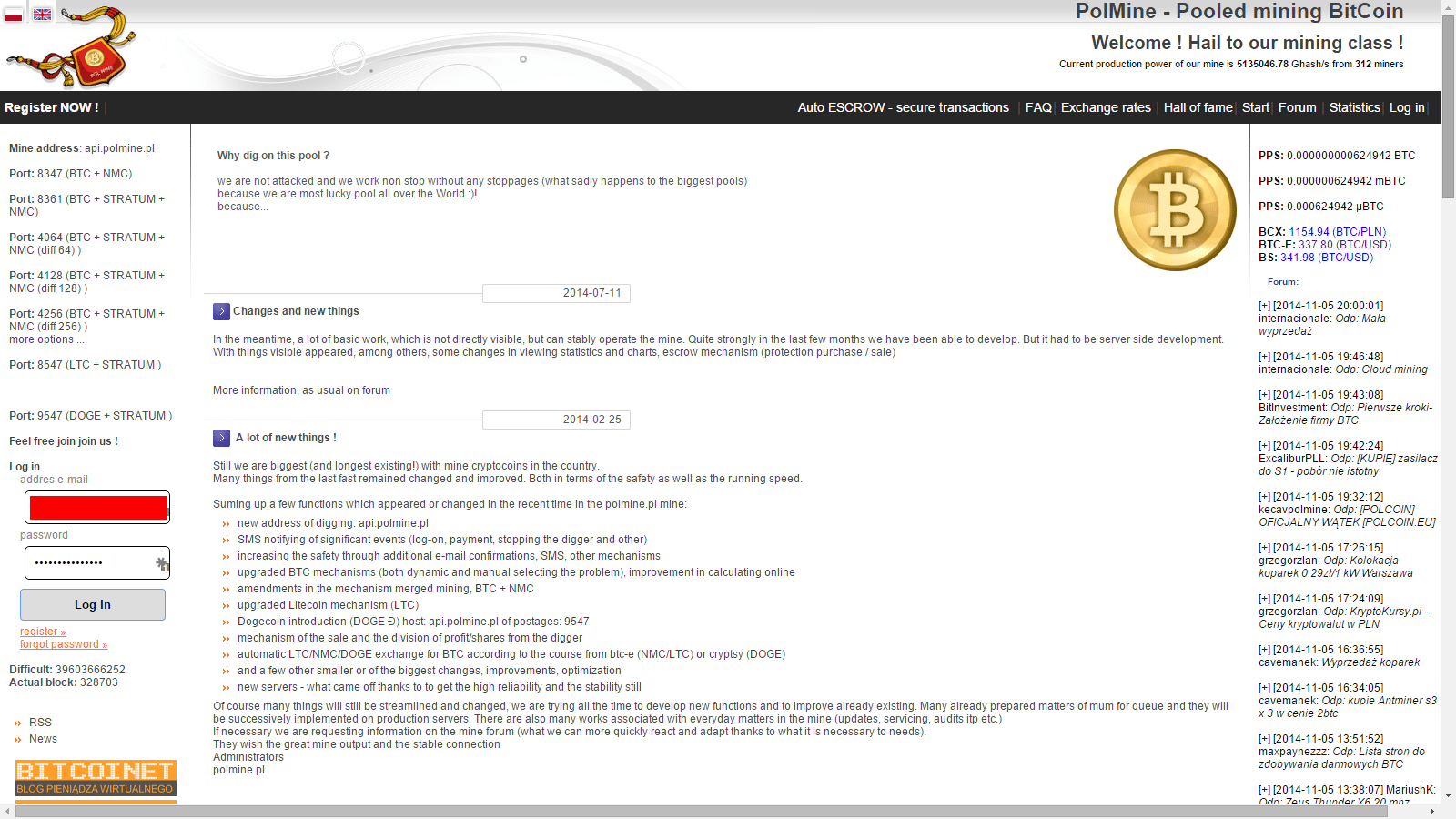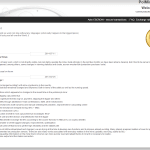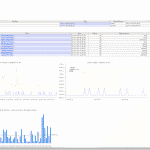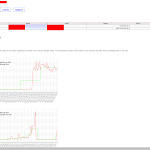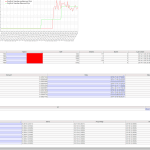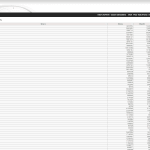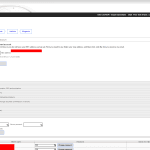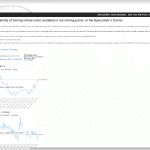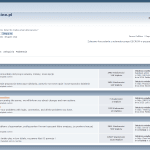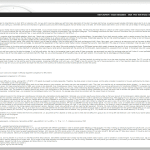A look at Polmine Mining Pool
Please note: This review is based on a relatively small amount of hashing, a few hundred ghs. The stats outlined in this review may not apply to larger miners. We hacked our antminer S1’s to mine nine pools concurrently, letting us run proportional power across a wide variety of mining pools. This review is part of our series of bitcoin mining pool reviews.
We thought we would have a look at one of the European mining pools. Polmine is a mining pool focused on the Polish bitcoin community, but features an English interface enabling international users to join them., While the first announcement of the pool was in 2011, it has steadily been generating blocks since December 2013.
They are finding two or three blocks a day on average, and at time of publishing they hold just under 2% of daily blocks found. When I started using them (and took screenshots), they had about 5.5 petahashes, but this has dropped to 4.4 petshashes.
Polmine operates using a Pay Per Share reward system, taking a 1% fee. They mine Bitcoin and Namecoin (which is automatically converted to bitcoin), but also support Litecoin and Dogecoin mining.
Eligius operates using a Pay Per Share with Recent Backpay (Pay Per Share) reward system, taking a 0% fee, and passing on mining transaction fees along with the block reward. They mine Bitcoin and Namecoin, although stats currently aren’t available for NMC . The pool utilises the Stratum mining protocol, and vardiff so difficulty will adjust based on your hashing power. Their servers are based in Poland.
Earnings are applied to your account as you mine, but there is an unspecified delay on the stats in the pool, so seeing your up to date earnings can be a little difficult. You can withdraw your bitcoin in increments of 0.01, which means that smaller balances can’t be deducted until you pass the threshold. Also, as it only sends you round increments of 0.01, if you stop mining, you will leave some coins on your account. You can always mine again until you go back over the threshold, but it’s a little disappointing that you can’t fully clear out your wallet. Securitywise, there are several options to secure your account, although some of these seem to only apply to Polish miners, such as SMS notifications.
The pool has a very active Polish langauge forum which you can follow with a translation tool, but they do have English forums for people who want to ask questions. The pool contains plenty of stats and graphs to show your performance, but the UI is a little all over the place, looking like it was assembled in pieces over time. The English localisation is also incomplete, with a mix of Polish and English scattered throughout. You can get the jist of what’s going on, but it would really improve things if the various pages were completed. It also contains leaderboards letting you see how you fare against other miners on the pool.
In conclusion, the interface of Polmine makes it very daunting for a new user. If you can get beyond that, there is a solid pool, with a friendly community of users and plenty of data to get your head around. Their minimum payout threshold, combined with not clearing out an account balance means that I’d recommended smaller miners maybe consider other pools. Also, their hashing rate is going down over time, which means that there is longer between blocks. But if you have larger amounts of power, they are competitive with other PPS pools.

